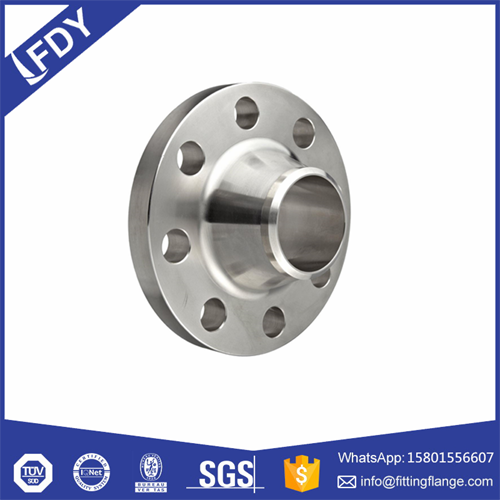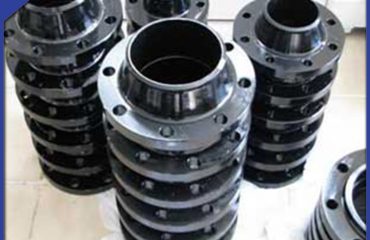
Pipe fitting regulations play a critical role in ensuring the safety, efficiency, and quality of the products and services offered in the industry. These regulations are put in place to standardize practices and procedures, prevent accidents and injuries, and protect the environment.
One of the key impacts of pipe fitting regulations on industry standards is the promotion of consistency and uniformity in the design, construction, and installation of pipe systems. By establishing specific guidelines and requirements, regulators ensure that all manufacturers and service providers adhere to the same standards, which helps to reduce variability and improve overall quality.
Regulations also help to address potential hazards and risks associated with pipe fitting activities. For example, regulations may require the use of certain materials, techniques, or equipment to prevent leaks, corrosion, or other failures that could lead to dangerous situations. By enforcing these requirements, regulators help to protect workers, the public, and the environment from harm.
Pipe fitting regulations can have a significant impact on innovation and technology development in the industry. By setting minimum standards for performance and safety, regulations create a level playing field that encourages companies to invest in research and development to meet or exceed these requirements. This can lead to the introduction of new materials, techniques, or products that improve efficiency, durability, and sustainability in pipe fitting operations.
 Language
Language Espanol
Espanol English
English Italian
Italian عربى
عربى
 Skype: chinamaker99
Skype: chinamaker99  Tel: 86-316-5120812
Tel: 86-316-5120812  Email:
Email:  Whatsapp:
Whatsapp: 